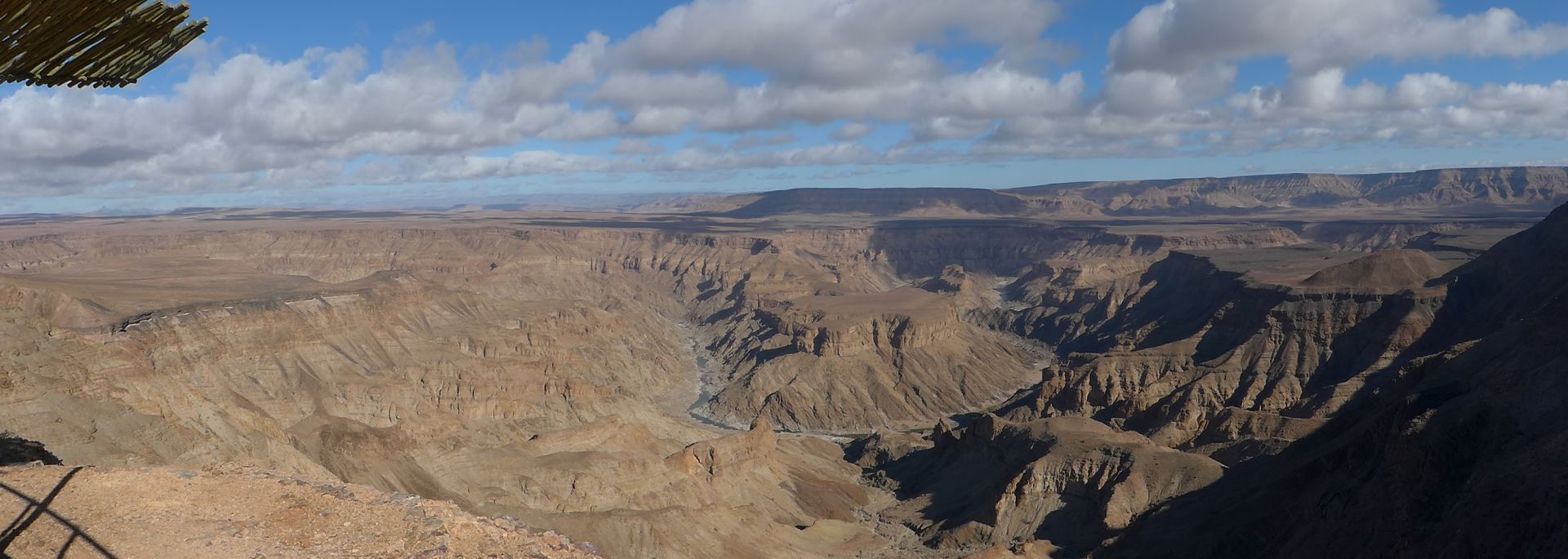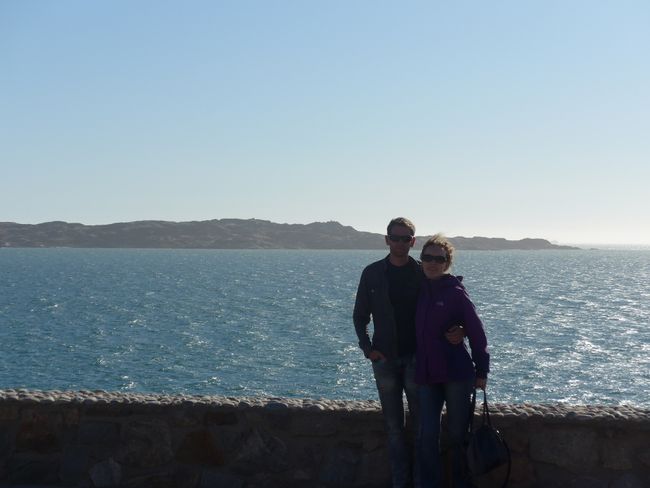Entry with obstacles and food tour (Vietnam part 1)
Được phát hành: 12.02.2019
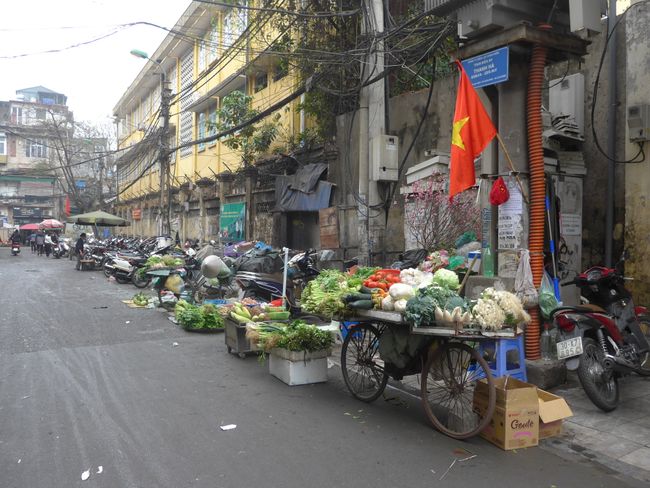
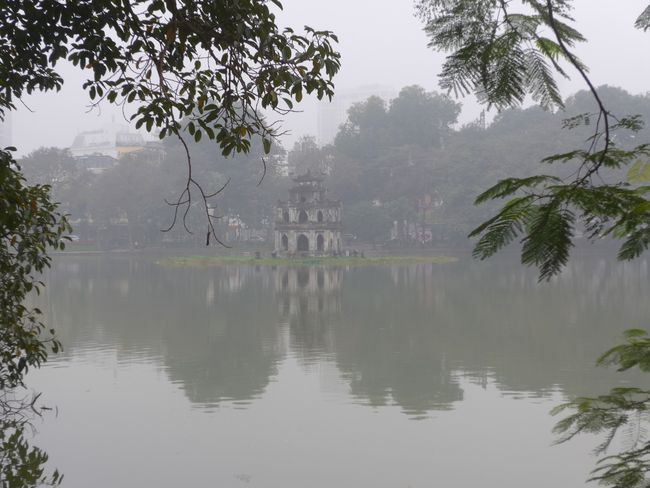
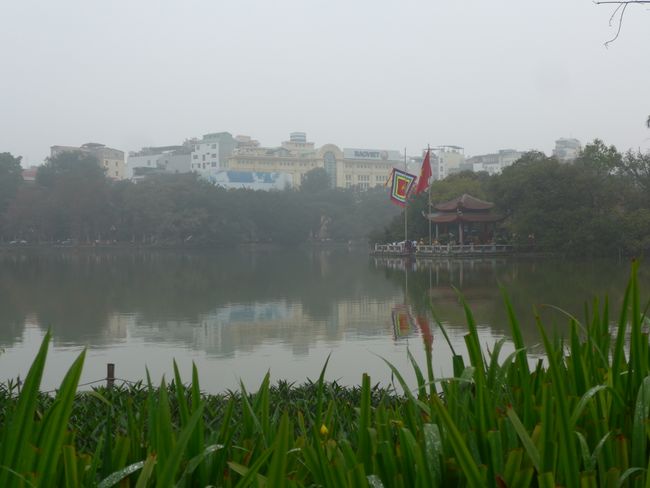
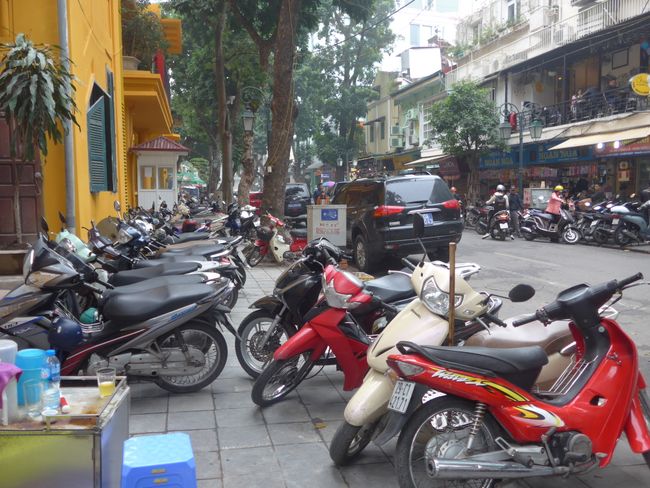
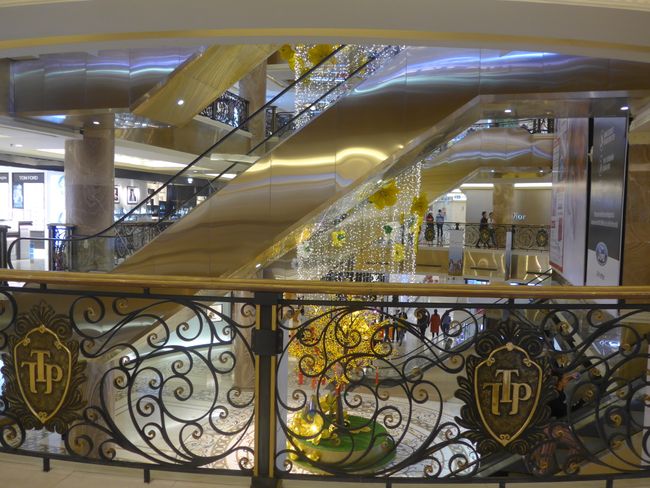
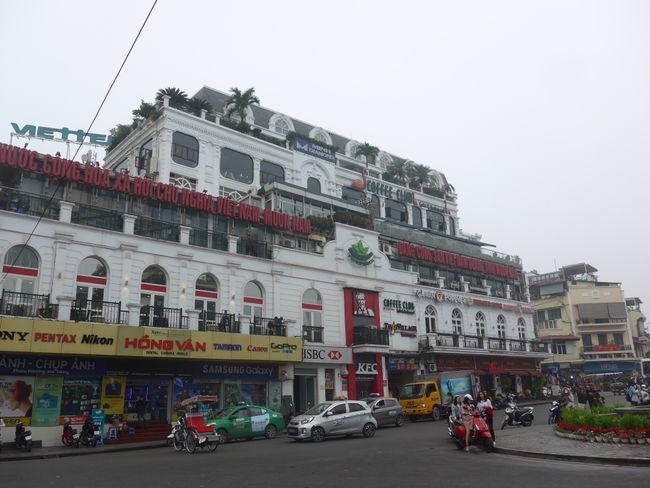
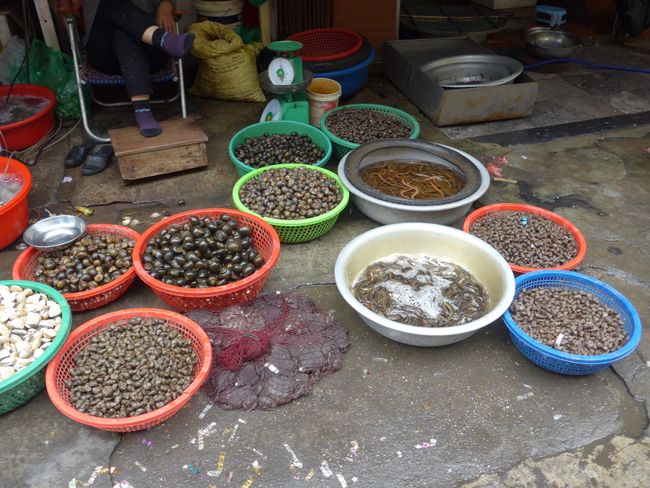
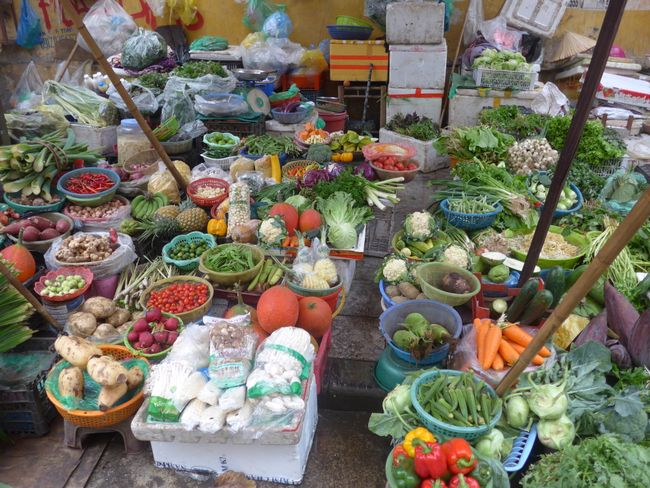
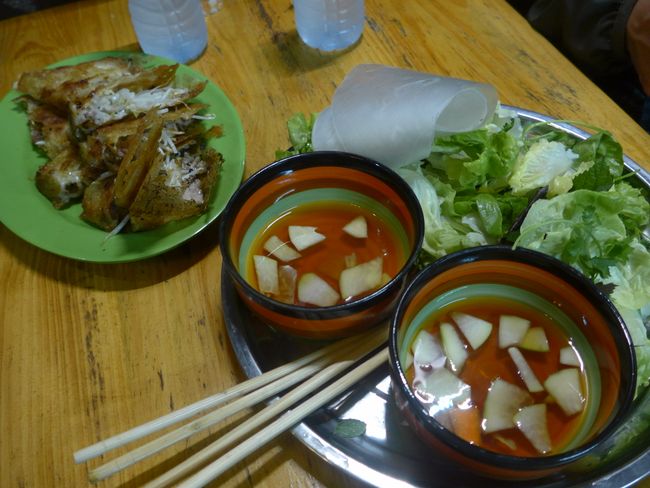
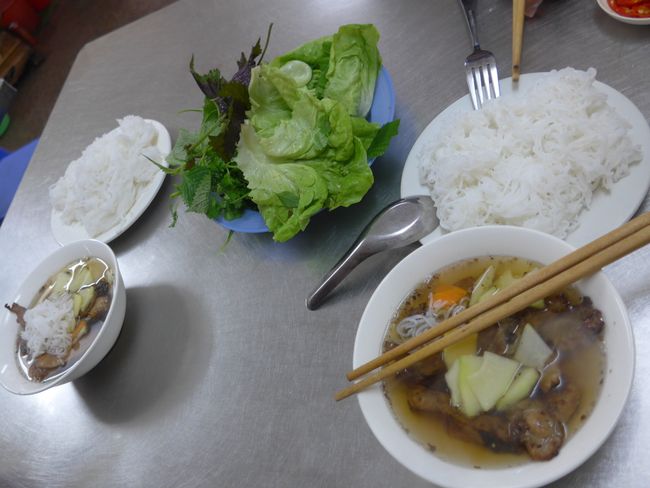
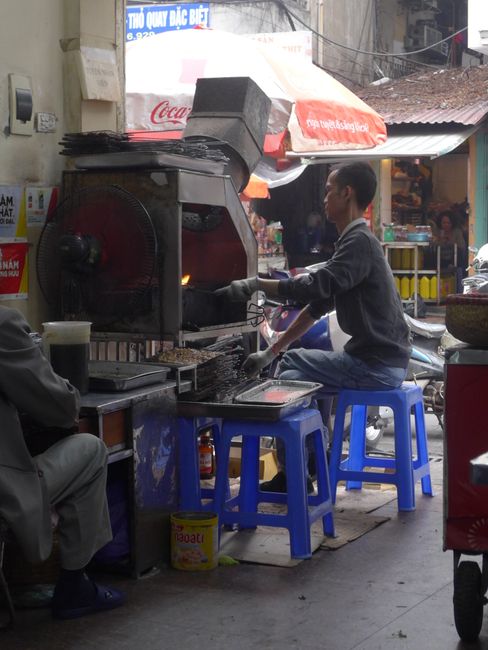
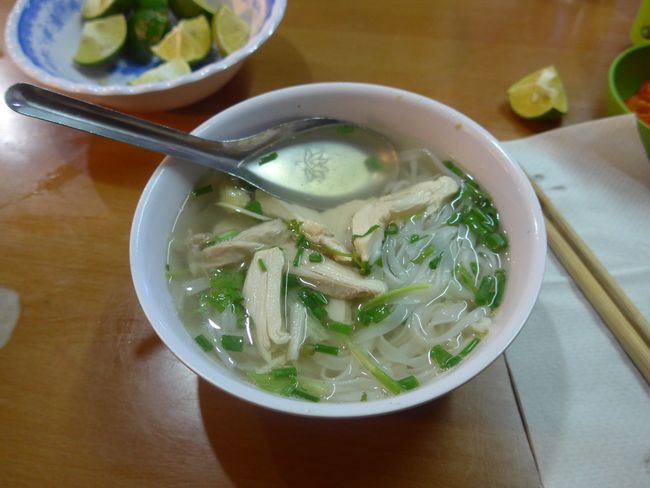
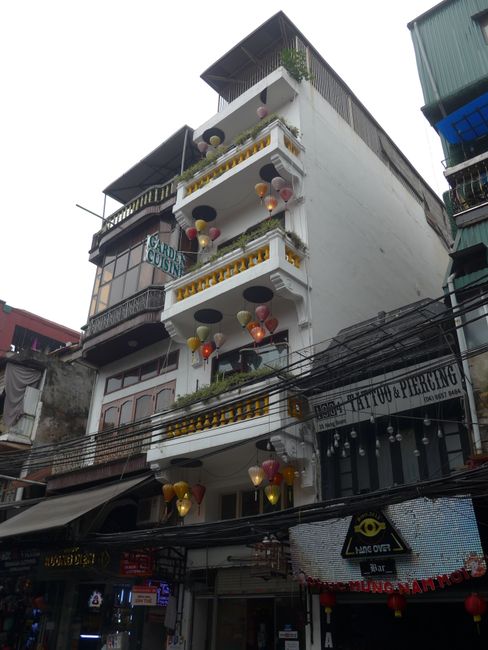
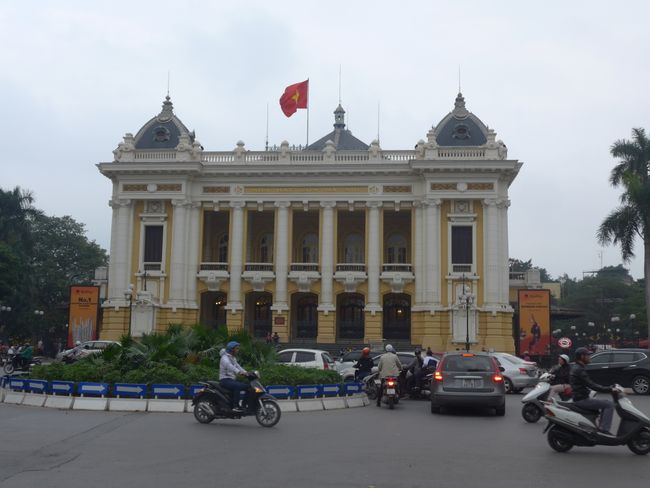
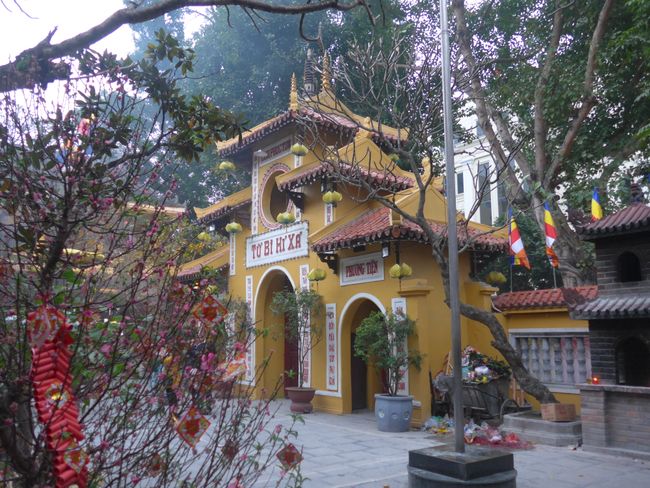
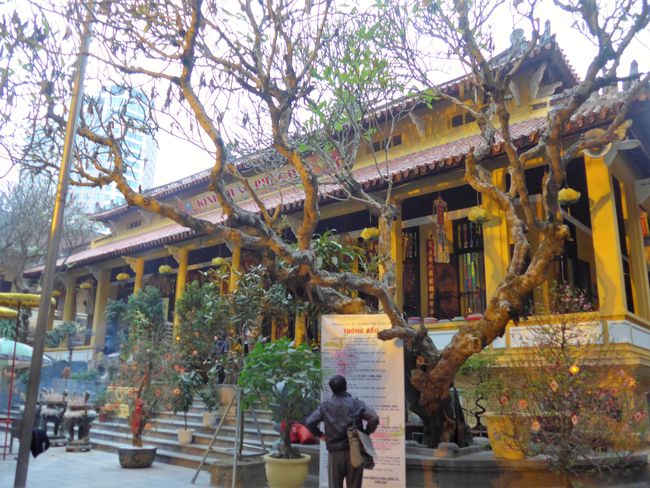
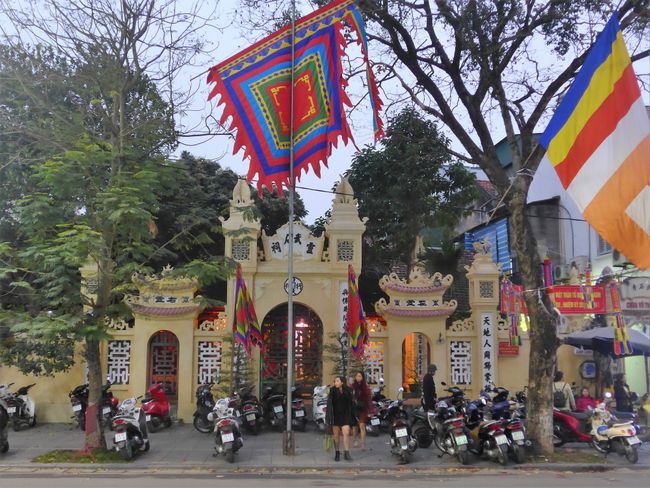
Đăng ký tin
When we had to indicate at the airport in Singapore how long we would stay in Vietnam, we noticed for the first time that our travel documents contained different information.
On the way out, we would travel by ship over the Mekong River to Cambodia. In the English description of the trip, the border crossing was indicated one day later than in our German documents. Currently, you only need a visa for Vietnam if you stay there for more than 15 days, but that one day would be day number 16. We were able to convince the lady at the check-in counter with our German documents, but now we were starting to worry if we would still need a visa. Shortly before departure, we quickly wrote an email to our German travel agency to ask for clarification.
While we were wondering what we needed to indicate upon entry on the plane, everything was already being arranged from Germany: when we landed, we had already received an email stating that the application for a visa on arrival had been arranged for us. So we were allowed to sit down and wait while a Vietnamese employee of a visa agency stood in line for us (or rather passed by) and obtained a one-month tourist visa for us. Then our entry went very smoothly and we were greeted by our tour guide in Hanoi.
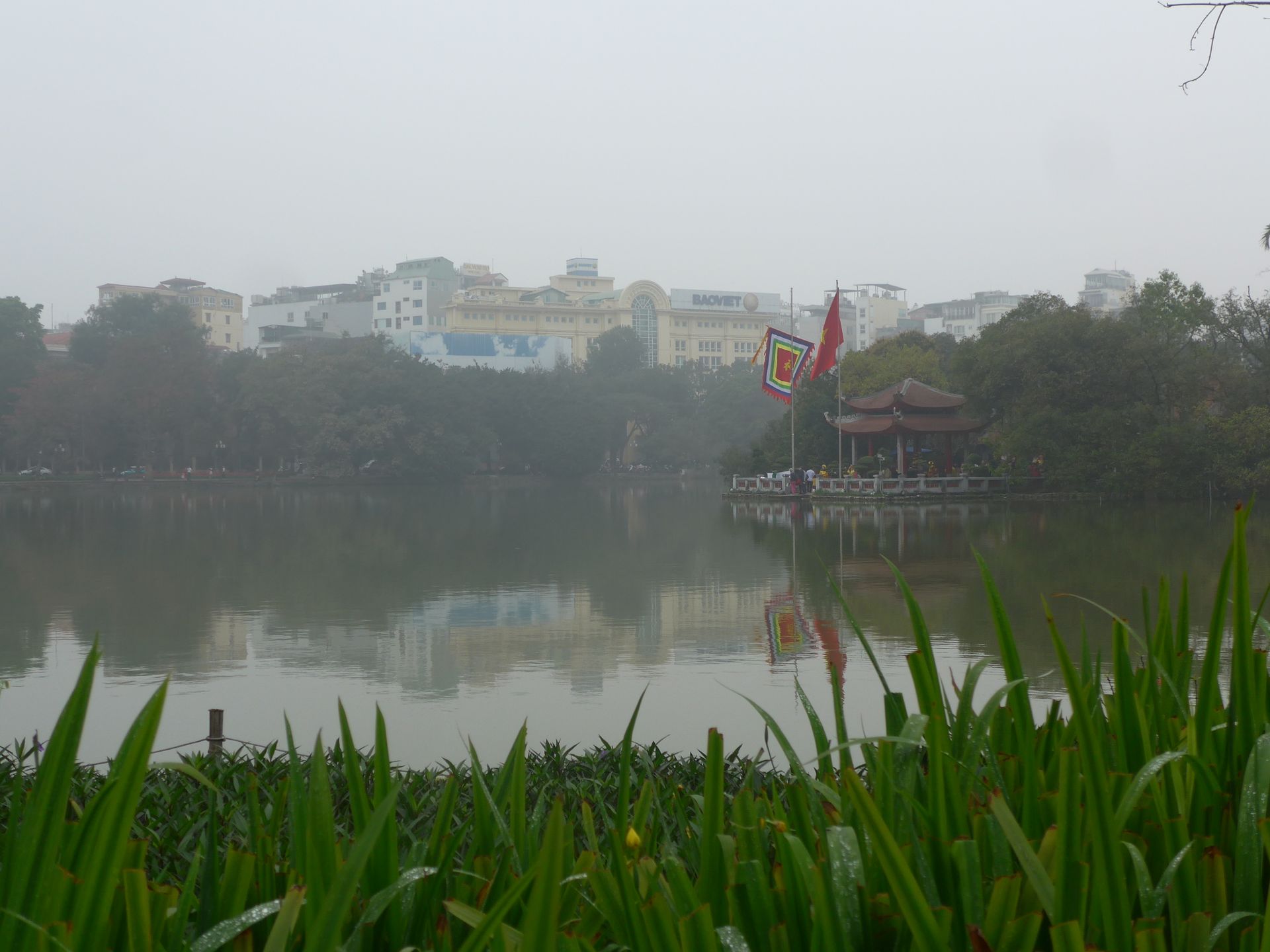
In the evening and the next morning, we could rest a bit from the trip. In the morning, we took a walk around Hoan Kiem Lake, where our hotel was located. It forms the border between the Old Town and the French Quarter. It was quite hazy and the other shore was only vaguely visible.
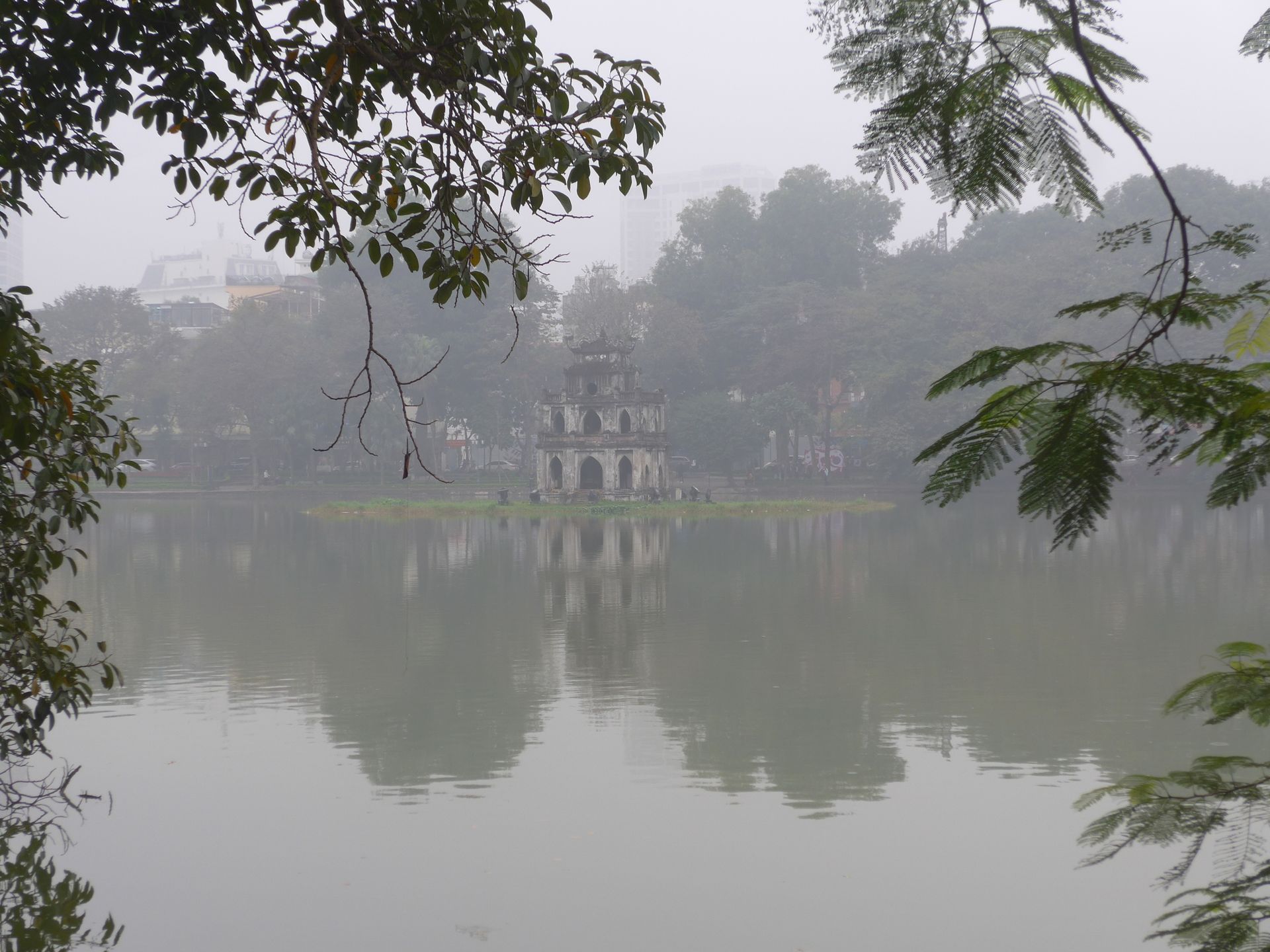
Everywhere on the sidewalks, mopeds were parked in the smaller side streets, which seem to be the main mode of transport for most locals - also suitable for transporting families, furniture, or larger cargo.
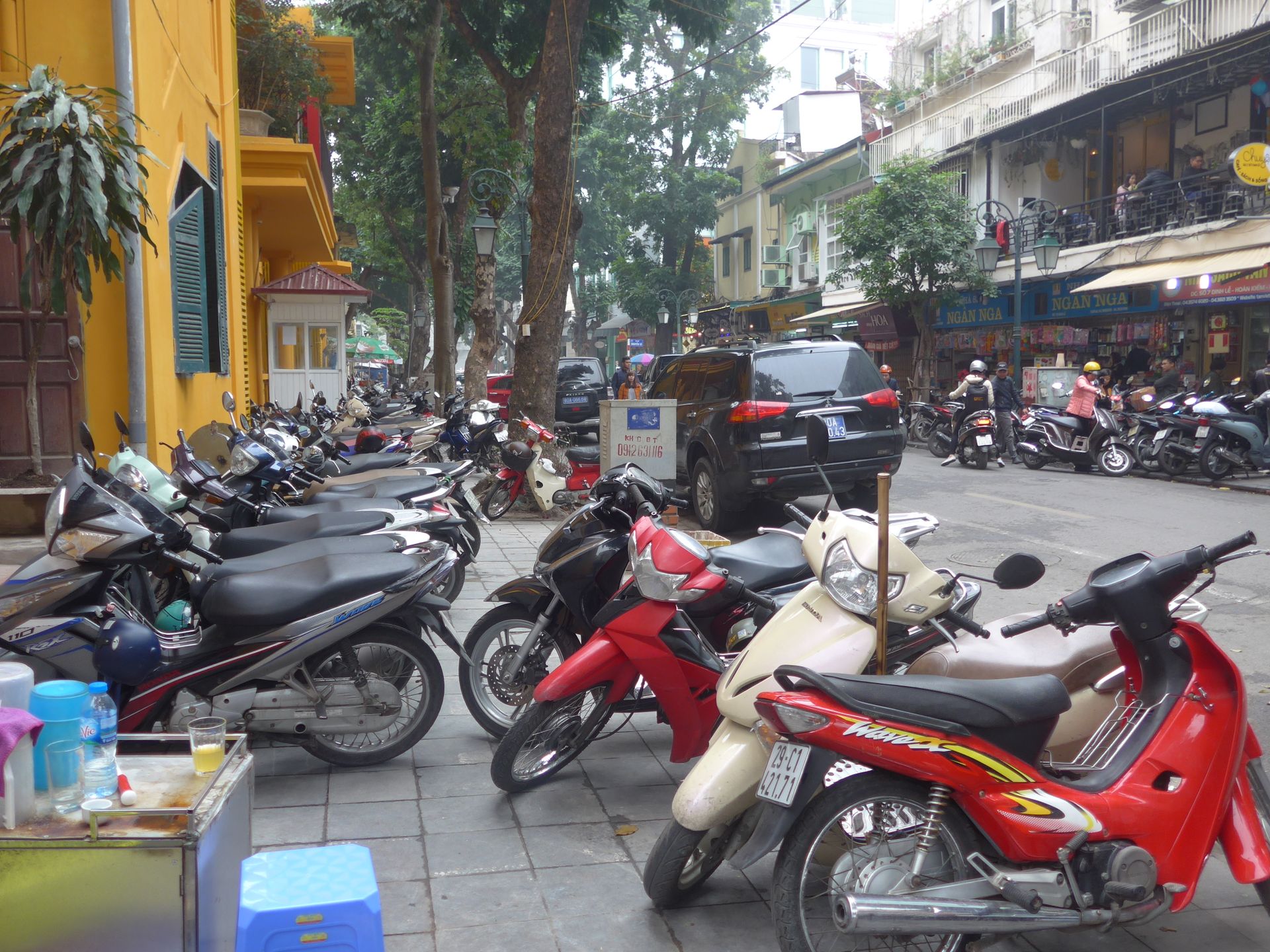
We were positively surprised that most cars and mopeds stop at red traffic lights. Otherwise, the rule for crossing the street, which our tour guide taught us on the first evening, is: don't stop! Then all the mopeds elegantly drive around you.

A contrast to the small, crowded streets with small shops on the ground floor run by families was a large modern mall. There was golden glittery decor and luxury brands.
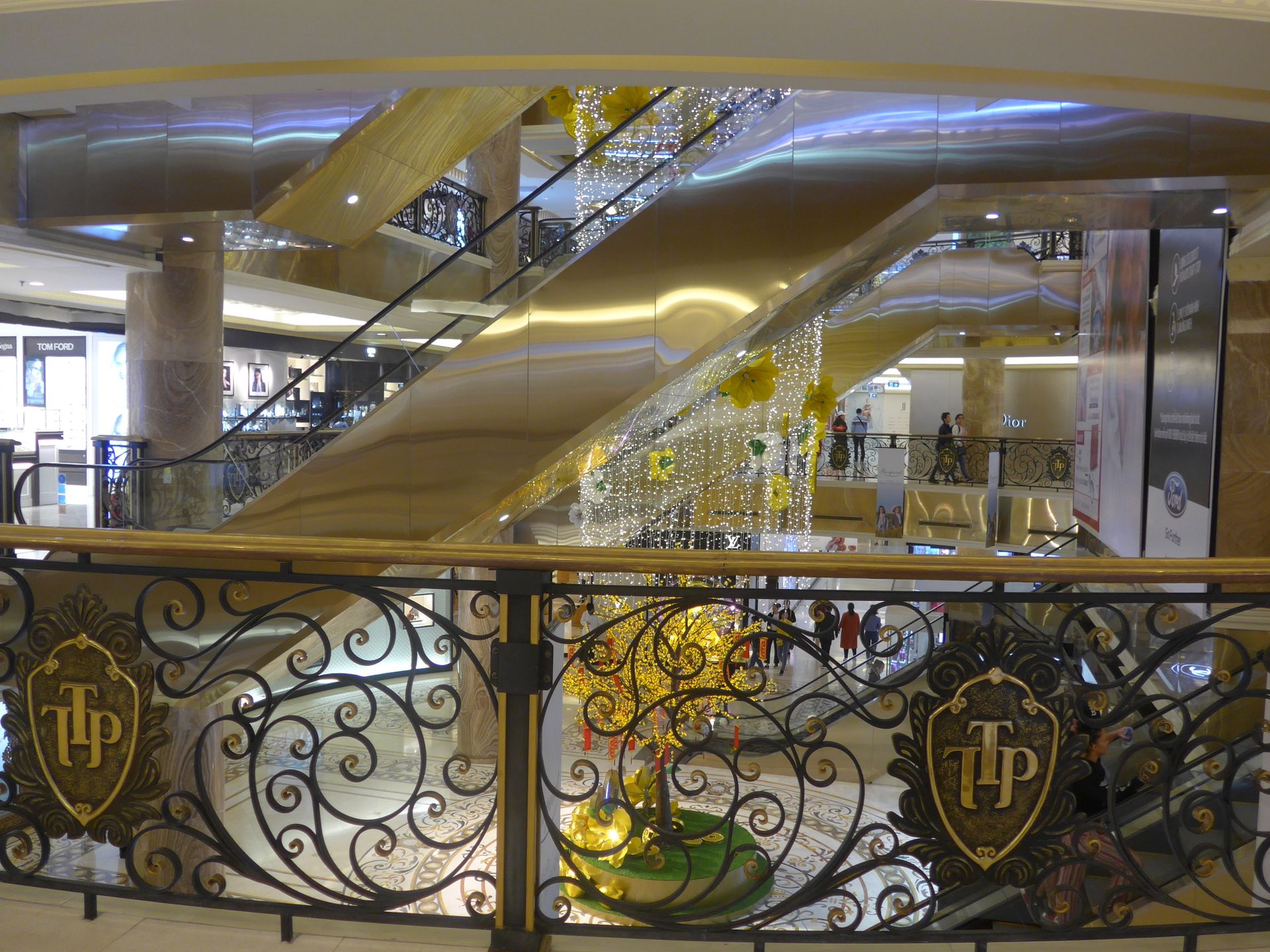
In the afternoon, our tour guide Sinh picked us up for our food tour through the Old Town of Hanoi.
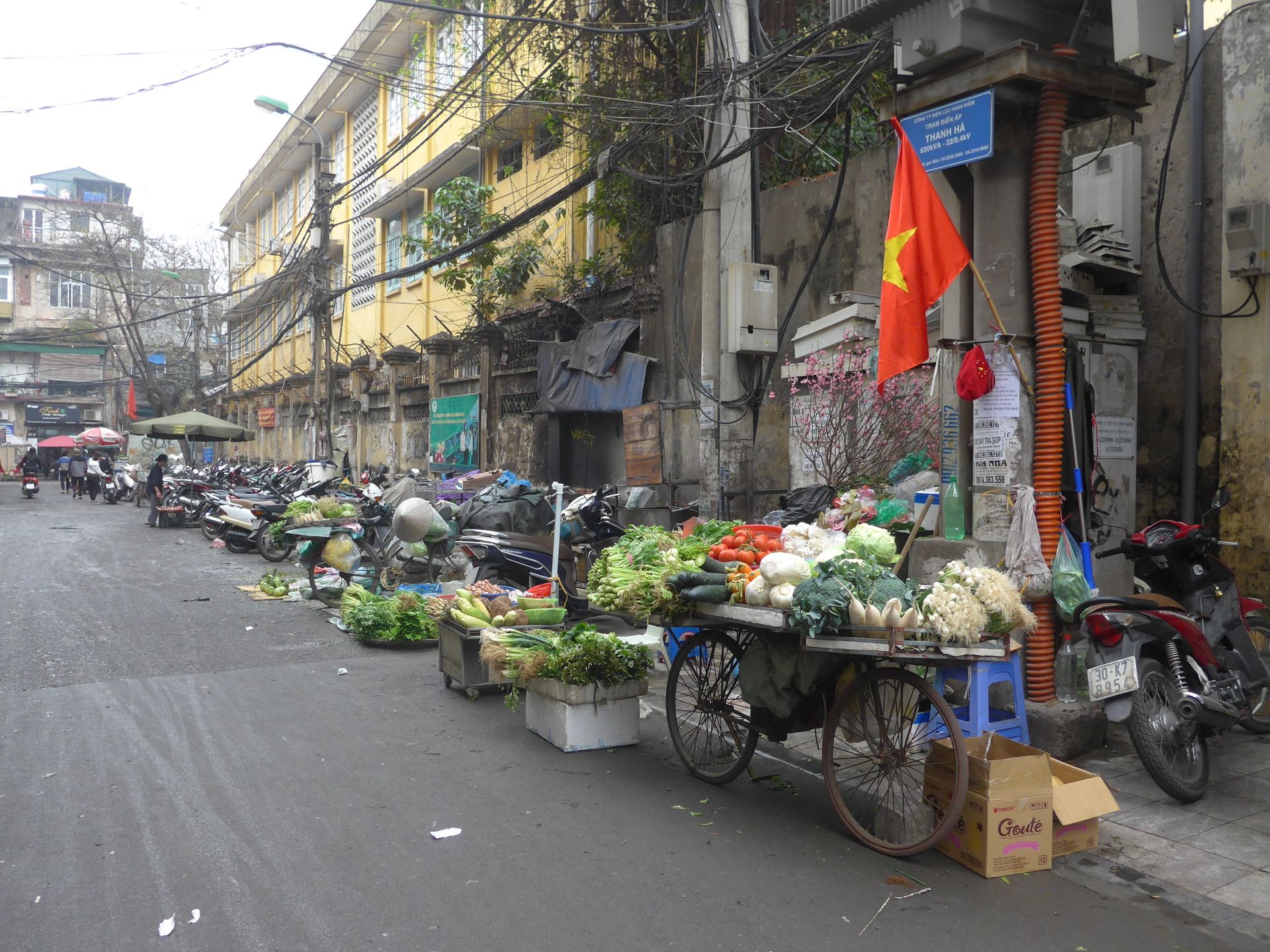
First, we walked through the market, where we saw not only fresh fruits and vegetables, but also live animals such as frogs (because they used to be French), crabs, fish, and turtles. Fortunately, we didn't try any of those later...

Instead, there were some typical Vietnamese dishes on our menu. But first, we walked quickly through the alleys and past vegetable stands.
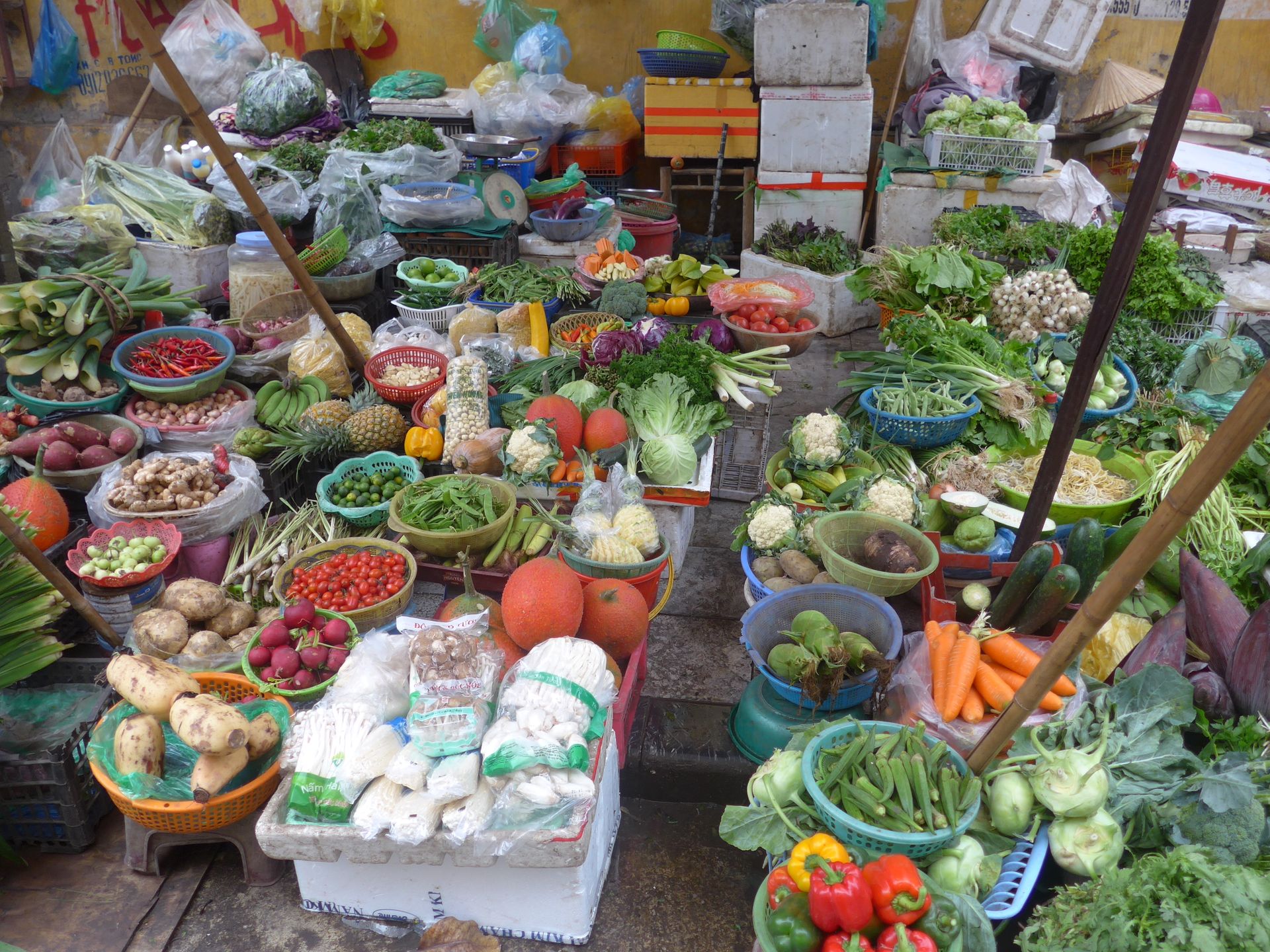
In a small roadside eatery, we sat down in the dining room (there were also seats on the street), which looked like a living room without the corresponding furniture. Instead, there were small plastic stools, the usual seating in local places here. On the carpeted wall, there were pictures of Sisi and Mozart.
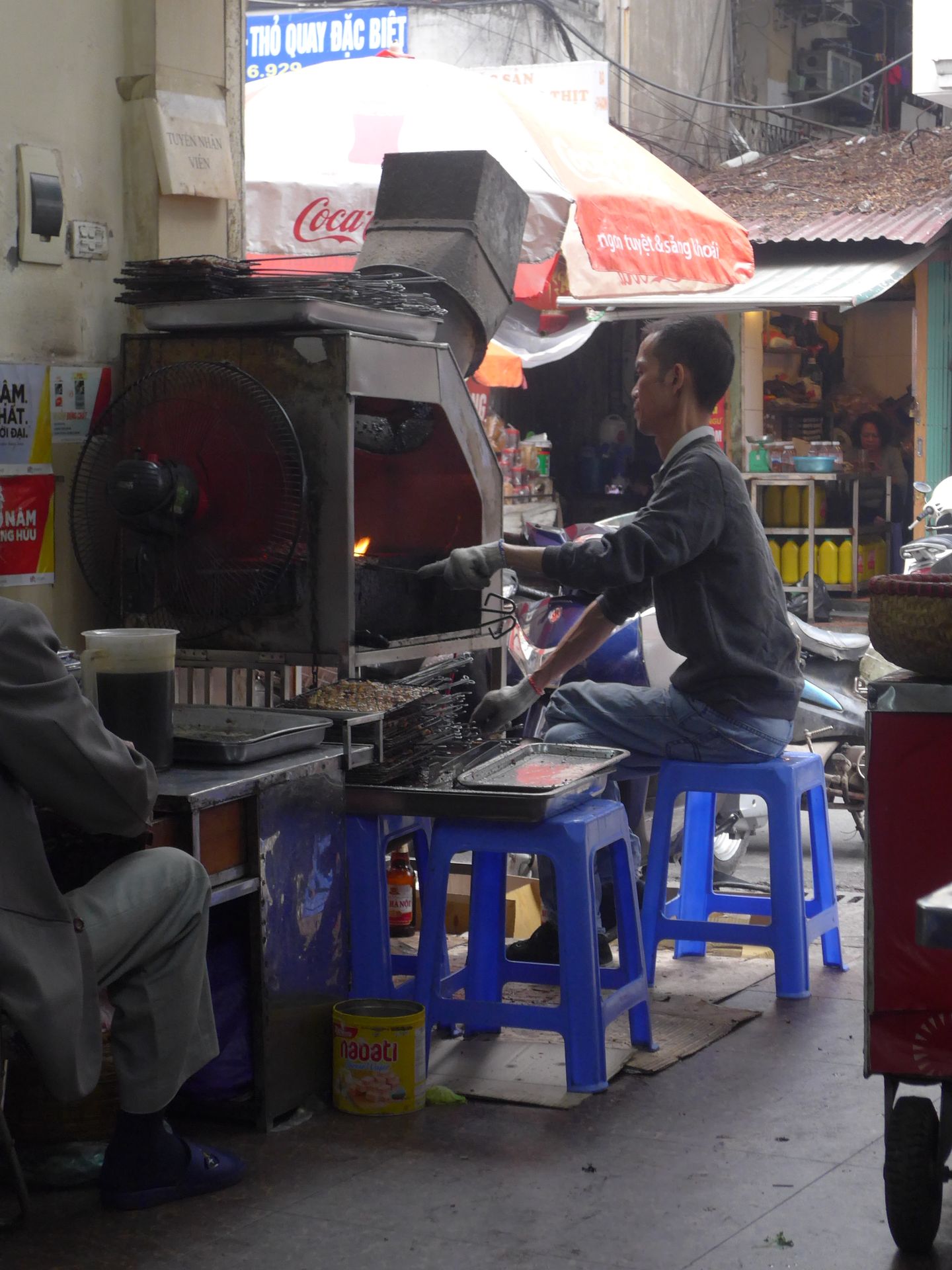
As the first specialty, we were served 'Banh Xeo'. These are Vietnamese pancakes (which have nothing in common with German pancakes) with a meat and bean sprout filling, wrapped in rice paper, and then dipped in a broth. We preferred not to have the fresh salad, but the dish was still delicious.
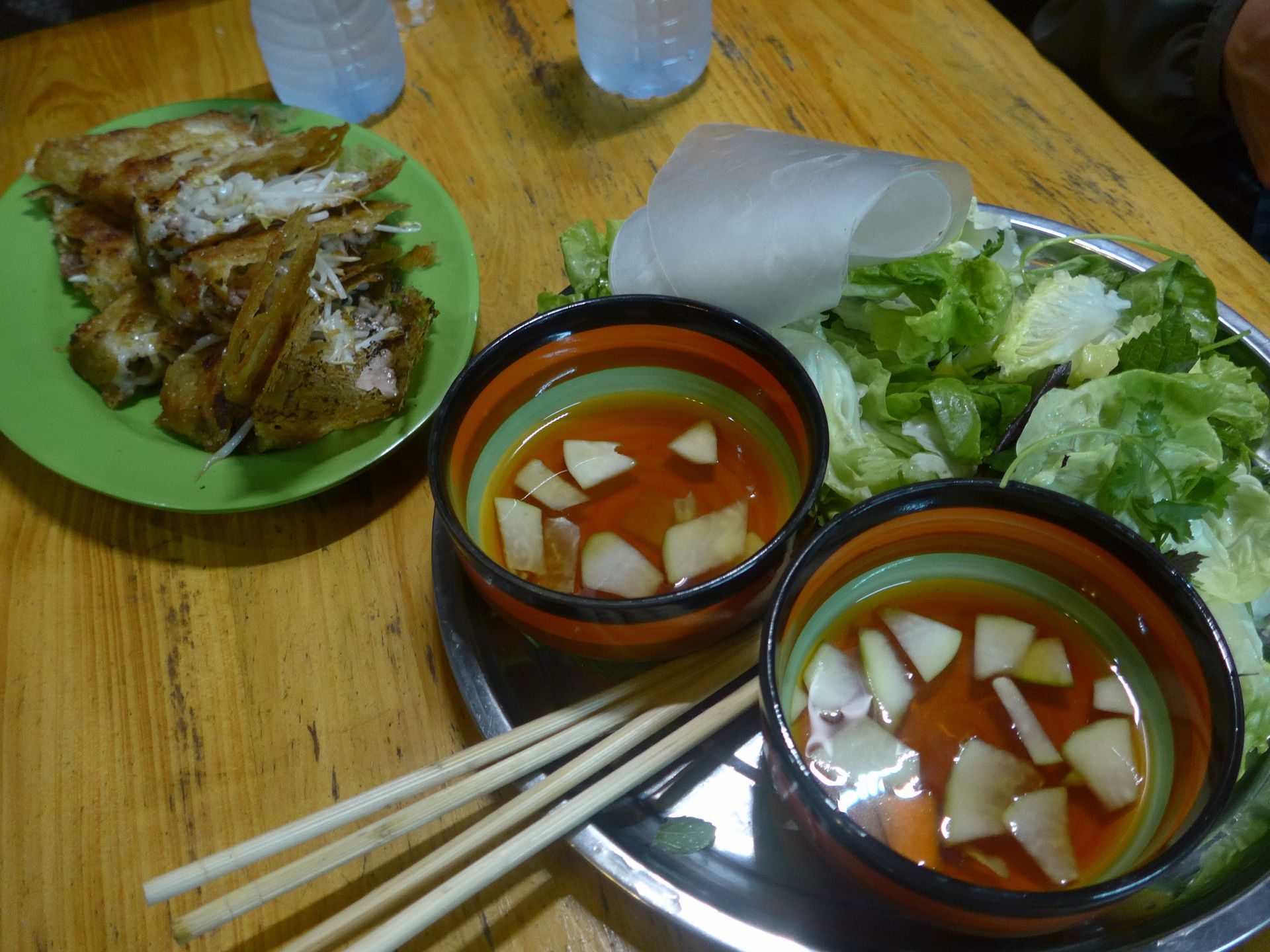
Banh Xeo
We had the next course in another eatery, where the 'Bun Cha' was said to taste especially good. Grilled pork was roasted over an open fire and then served in a broth with rice noodles. We had to transfer the rice noodles into the soup with chopsticks and then spoon them together with the meat and broth. Very fatty, but equally delicious.
We bravely didn't use the fork.
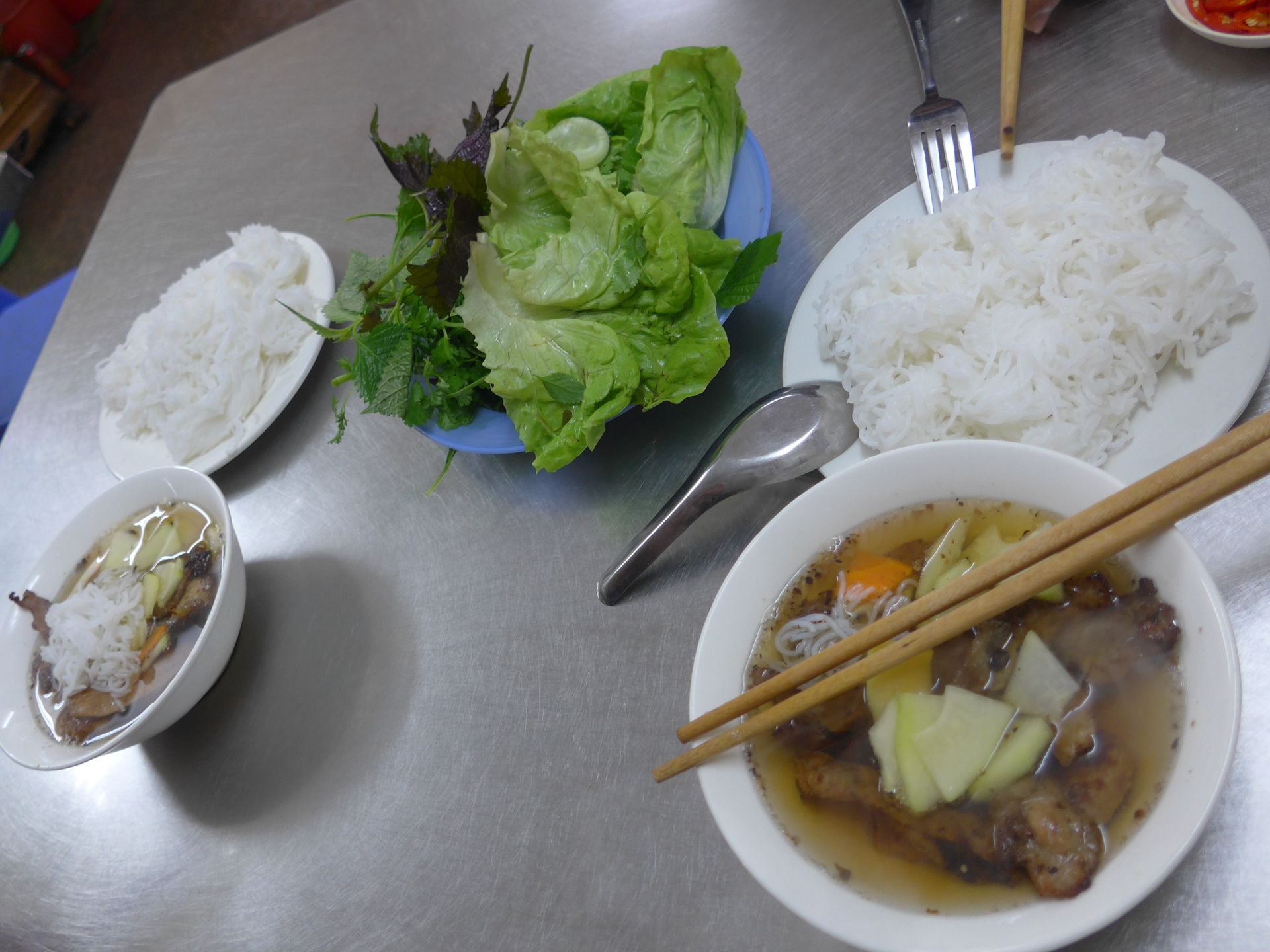
Bun Cha
During a food tour in Vietnam, the typical noodle soup, Pho, could not be missed. We had it - even though we were already quite full - with chicken in the next eatery.
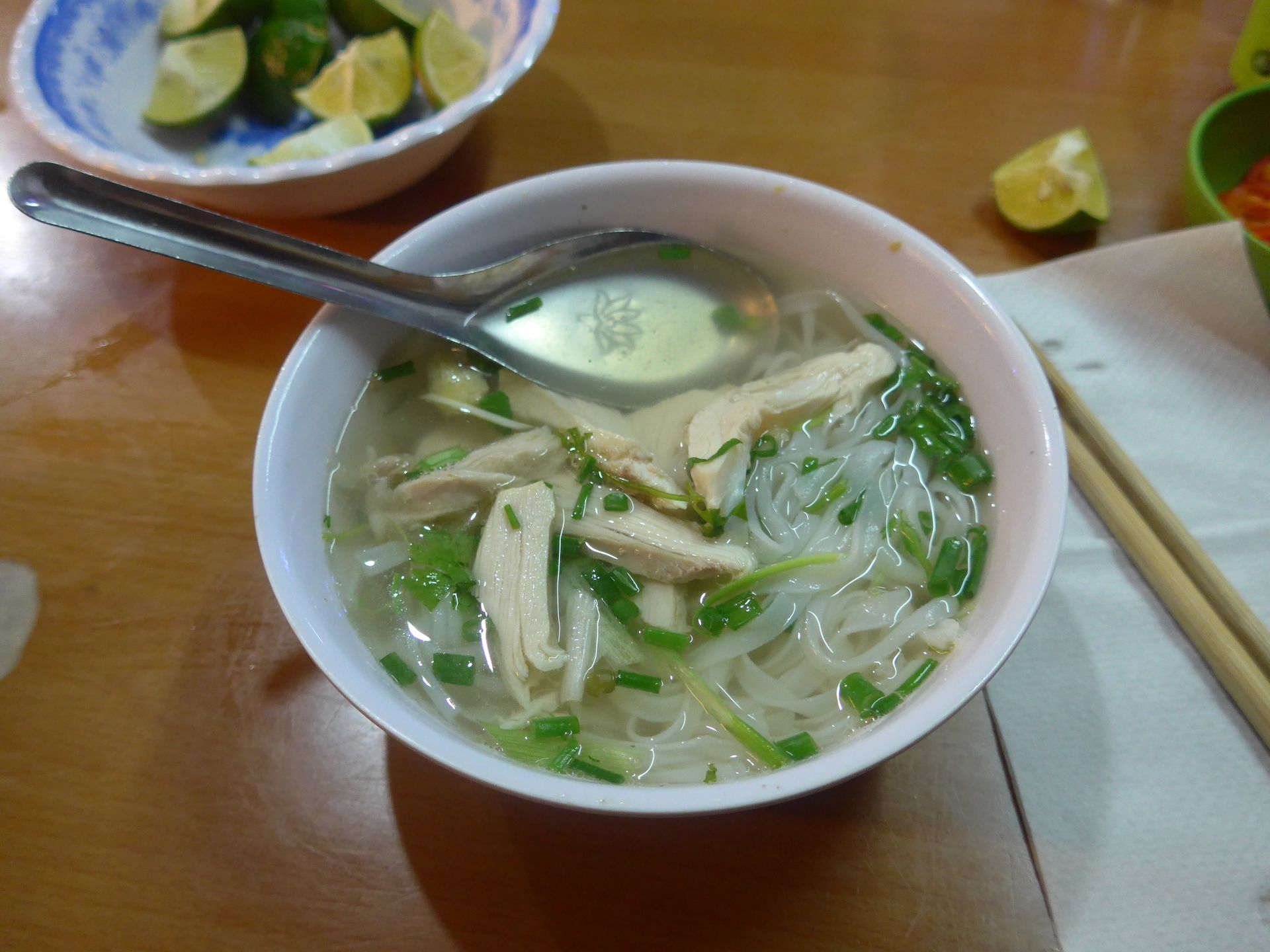
Pho
Surprisingly, we still had room for dessert - fruit salad with coconut and condensed milk. That kept us full for the rest of the day.
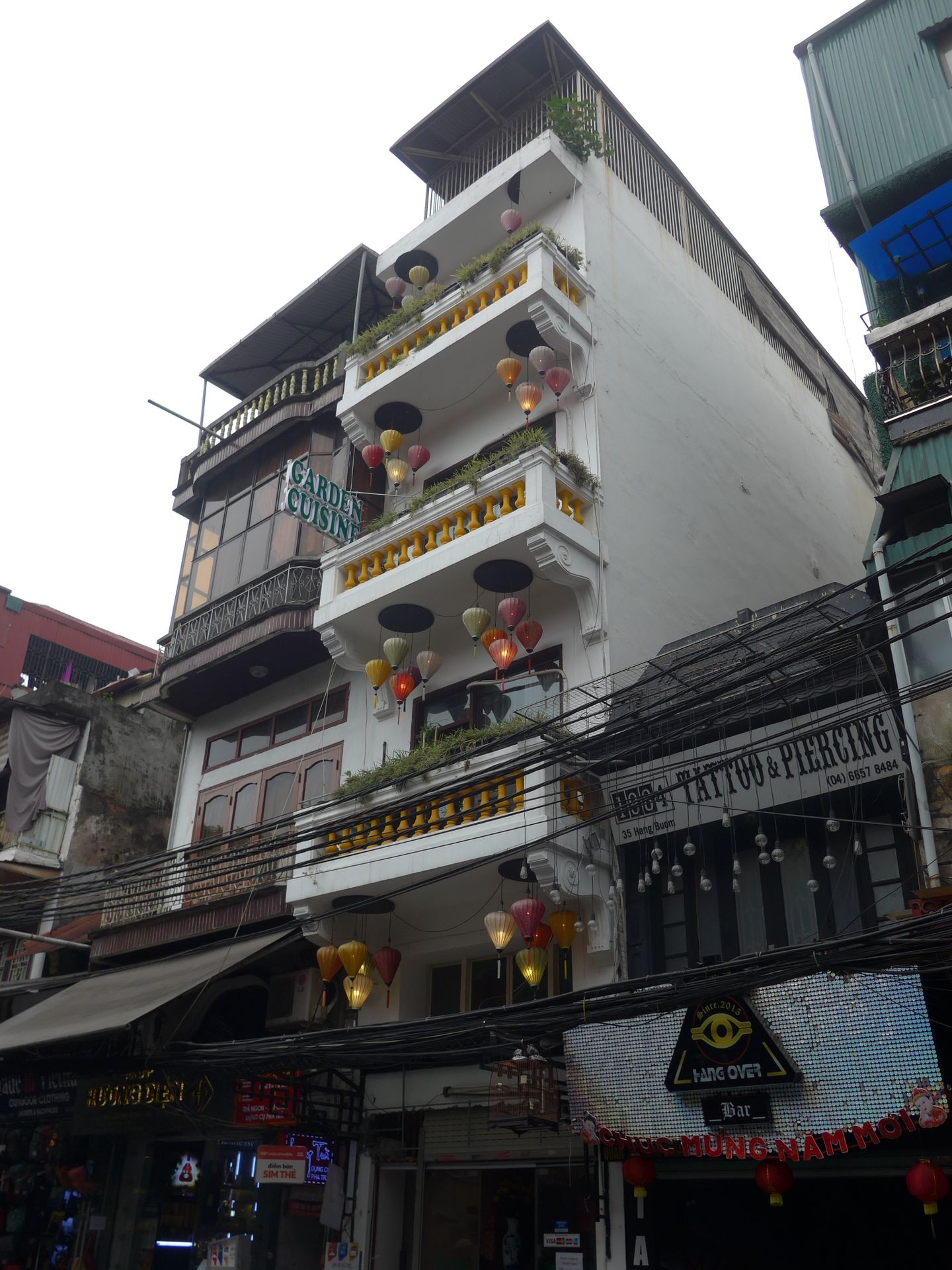
After a short break at the hotel, we went out again to explore the French Quarter on our own.
Here, there are some buildings from the colonial era, such as the Old Opera House, which is modeled after the one in Paris.

In addition to the embassies of various countries, we also saw the 'Ambassador Pagoda' (Chua Quan Su), which is now the headquarters of the Vietnam Buddhist Association.
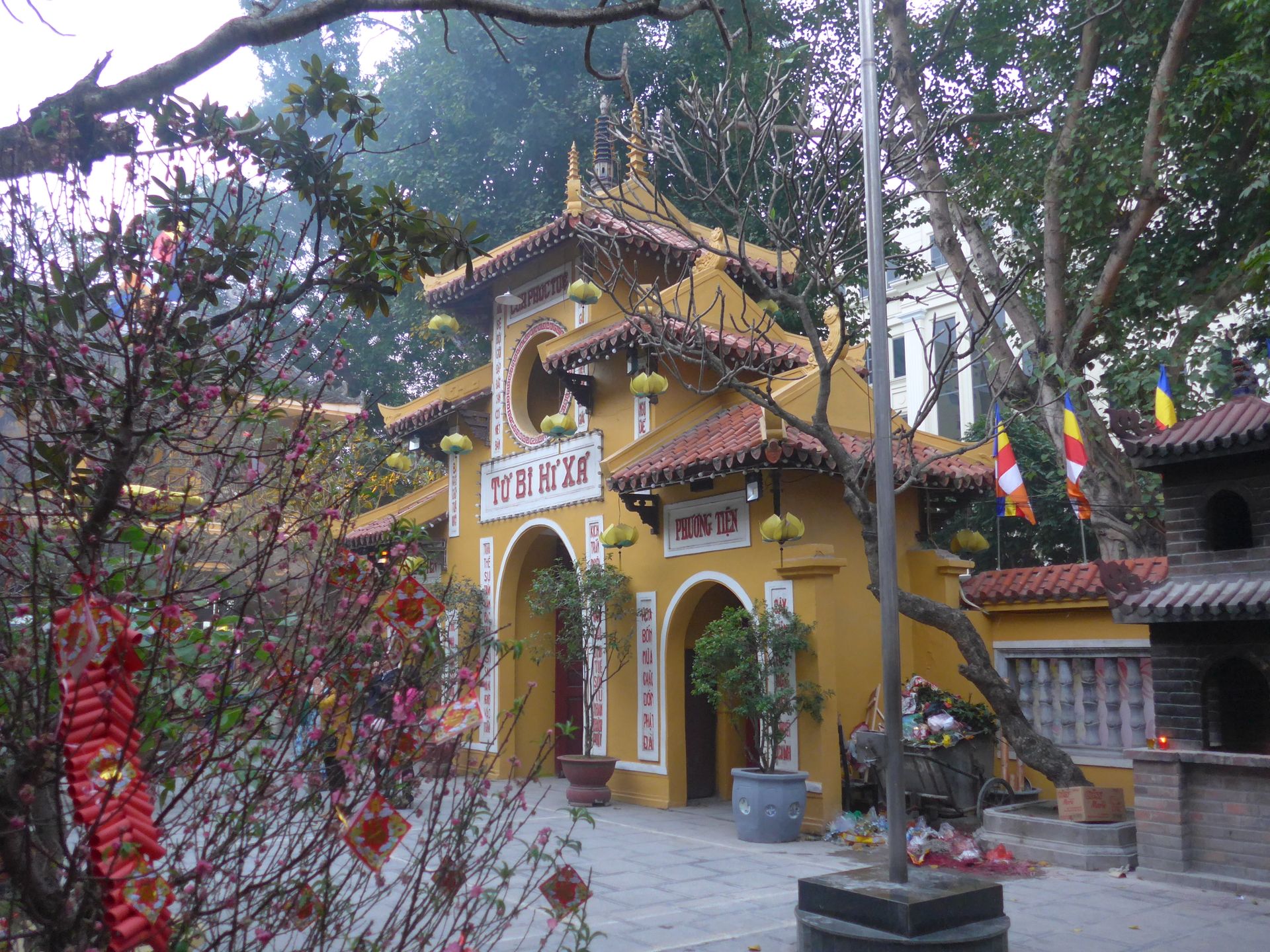
The temple was bustling with activity. The smell of burning paper mixed with the aroma of incense sticks: for gods or ancestors, fake paper money, for example, is burned as an offering or aid.
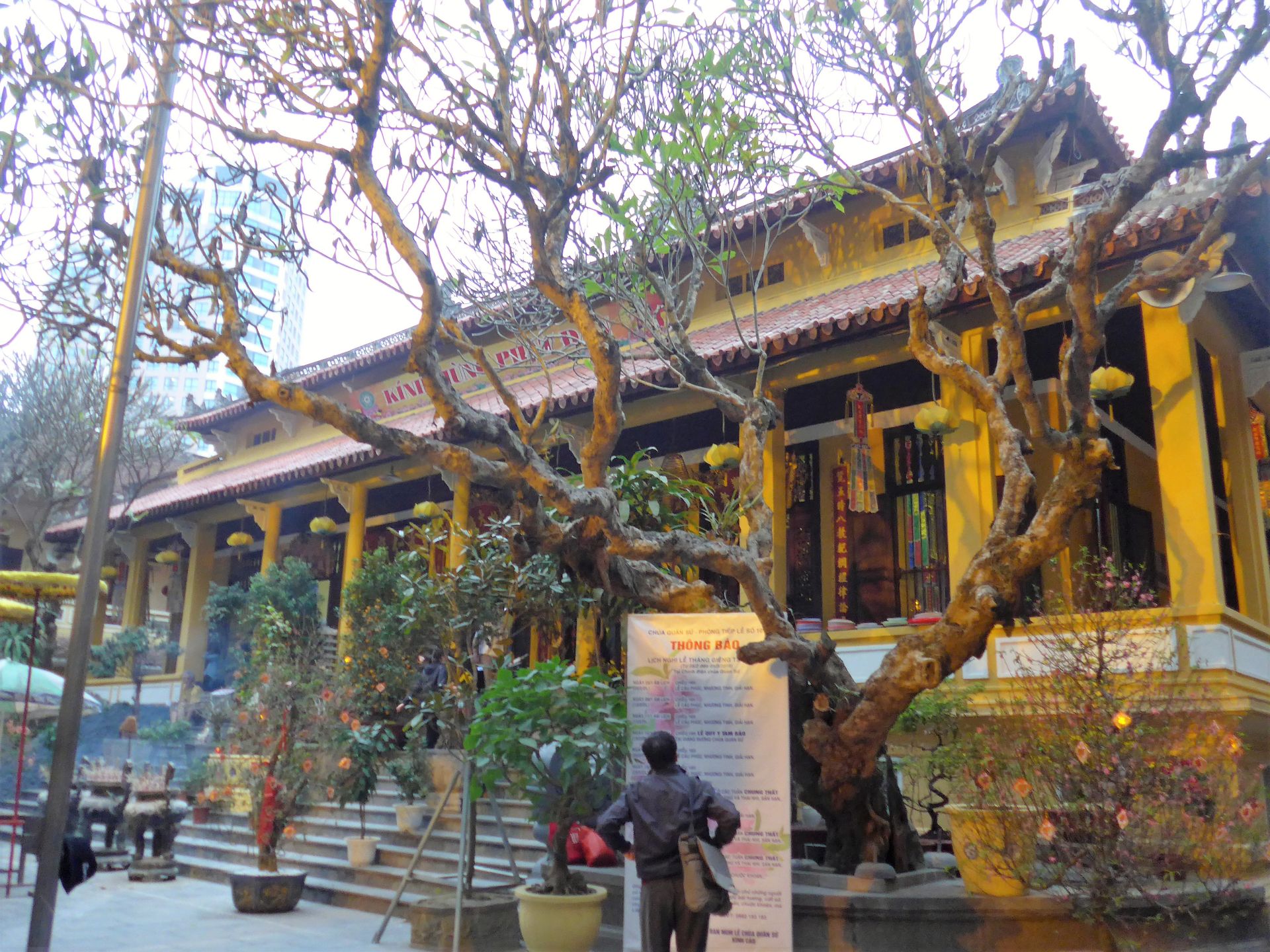
Đăng ký tin
Trả lời
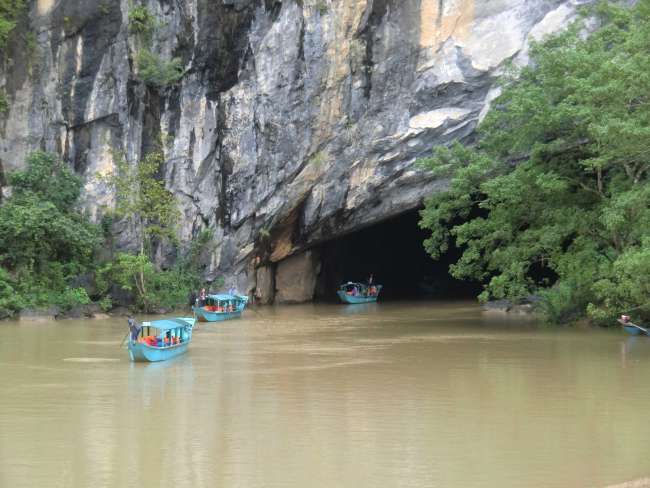
Báo cáo du lịch Việt Nam
